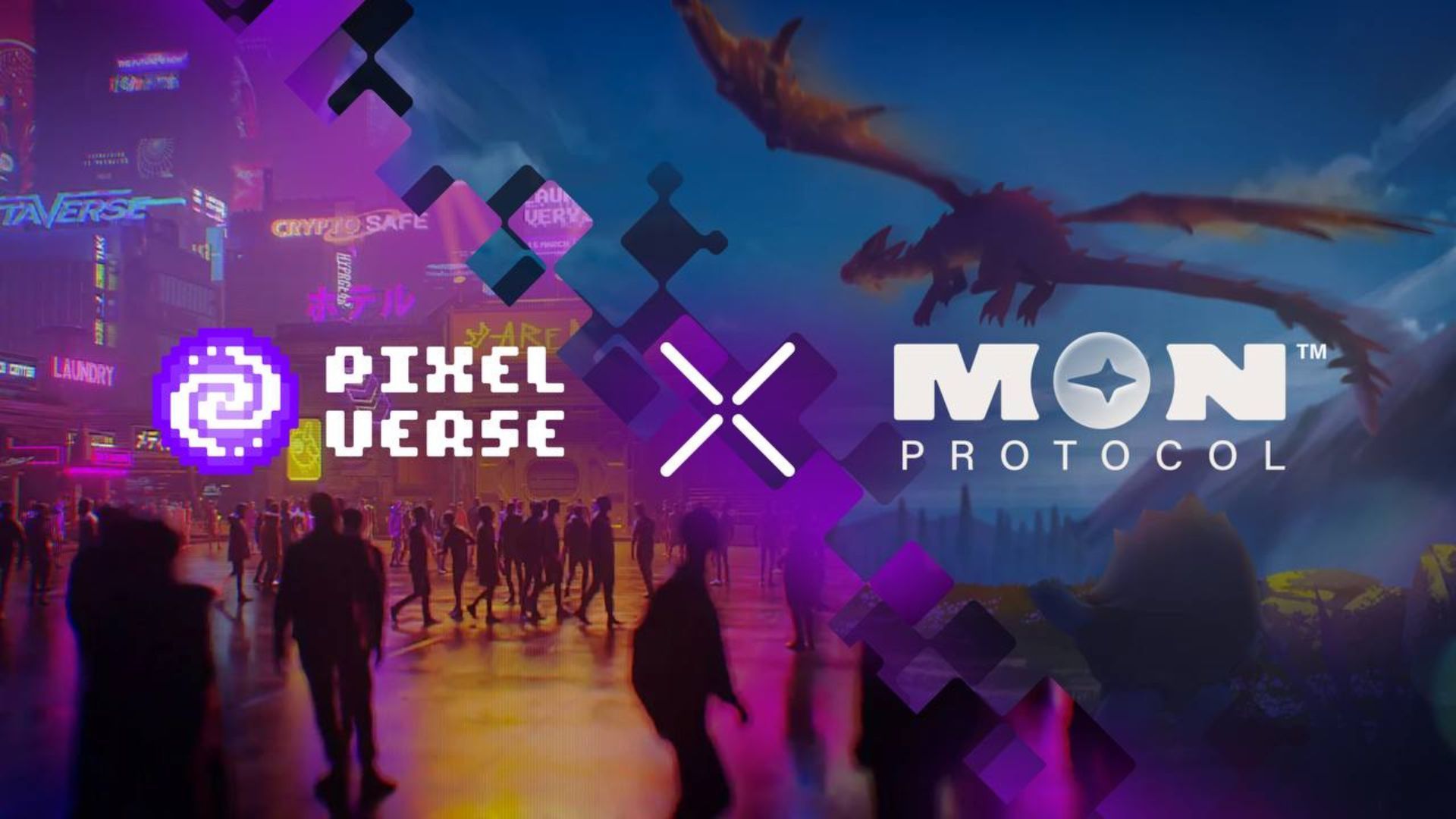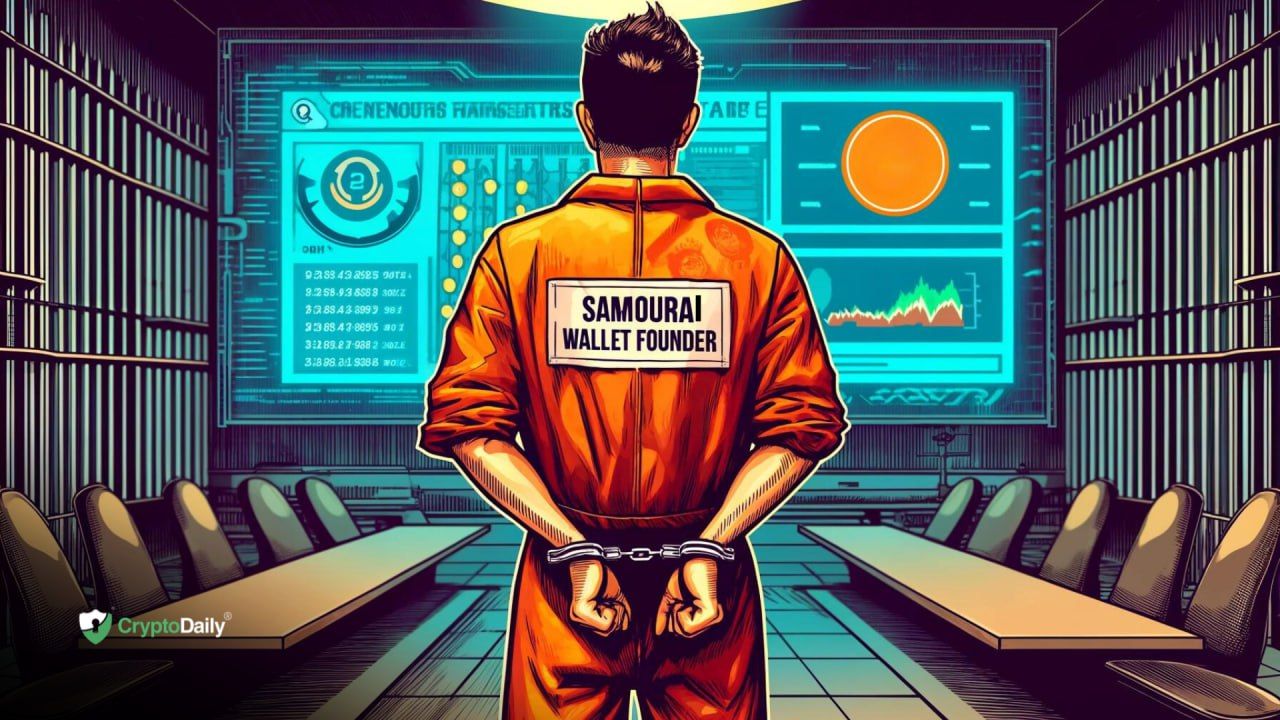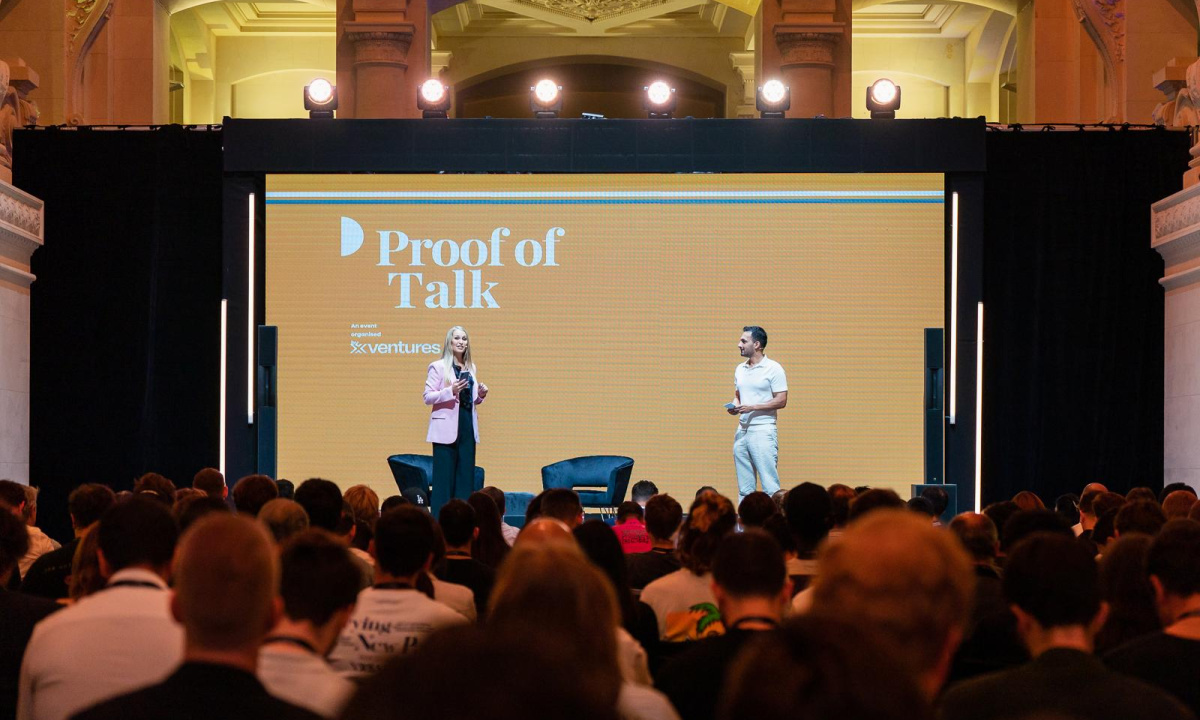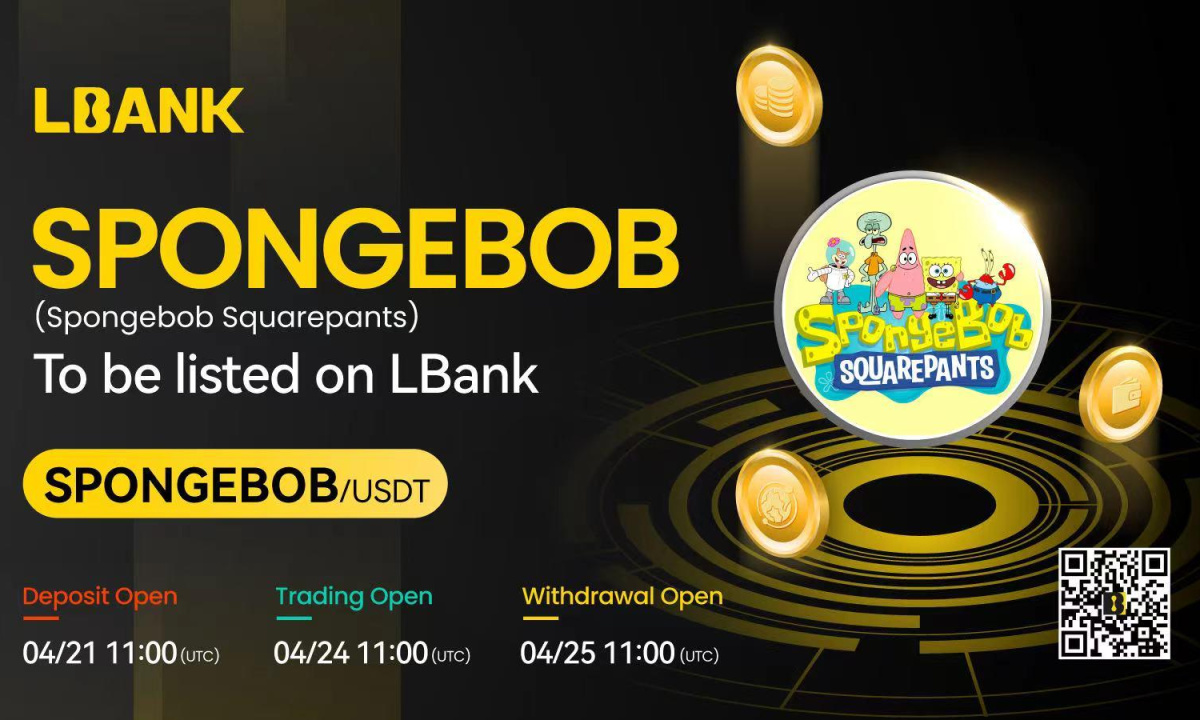Table of Contents
Video gaming has become an increasingly popular activity with more people adopting digital ecosystems. As per the latest statistics, this industry grew by over 14.4% between 2020 and 2021 to record a total valuation of $178.73 billion. This figure is estimated to hit $268 billion within the next three years.
So, what is behind this growth? While there are many driving factors, the covid lockdowns played a significant role in the current adoption trend. Today, we have over 3.2 billion gamers globally, most of whom started to game more frequently during the pandemic. A recent analysis by Statista revealed that,
‘Video gamers in the United States reported that they spent 45 percent more time playing video games amid the quarantine than in the previous week.’
Besides the lockdowns, innovative technologies such as blockchain and virtual reality (VR) have added more life to the traditional gaming industry. Blockchain, for instance, has been touted as the building block for the Web 3.0 gaming economy, which features Non-fungible tokens (NFTs) and the metaverse.
In a recent keynote address, Microsoft’s CEO Satya Nadella compared the metaverse to the early internet days, noting there is a lot of untapped potential,
“When we talk about the metaverse, we’re describing both a new platform and a new application type, similar to how we talked about the web and websites in the early ’90s,”
The Shift from Web 2.0 to Web 3.0
Similar to the evolution of money, the internet has undergone several iterations since it was first launched in the 80s. The pioneer version, Web 1.0, featured static web pages that limited users to a read-only functionality. Meanwhile, Web 2.0 ushered in the era of interactive website pages; most of the leading games, including the likes of Fortnite and Call of Duty are built on this iteration of the internet.
However, the narrative is gradually changing from Web 2.0 to Web 3.0, also referred to as the decentralized web. Powered by blockchain technology, this version of the web has grown to host over 400 active games and NFT marketplaces. Last year alone, NFTs recorded over $25 billion in sales while blockchain gaming accounted for close to half of total on-chain activity across all blockchain networks.
Unlike the centralized Web 2.0 gaming economy, Web 3.0 features decentralized in-game marketplaces that enable gamers to purchase or sell digital collectibles. One such ecosystem is the Digital Arms NFT marketplace; this DApp has partnered with multiple firearm brands to allow the trade of IP-patented digital firearms as NFTs. Apart from gaming, these in-game items can be stored as collectible art or staked on Digital Arms to generate more returns.
The Metaverse
The metaverse is another Web 3.0 niche that has shown great compatibility with the video gaming industry. Ideally, this is a virtual world where players can mimic real-life experiences through augmented and virtual reality. Though still a new area of development, the ‘metaverse’ was one of the trending words in 2021, attracting both retail gamers and large publishers such as Ubisoft.
On the innovation front, we have open metaverse worlds such as Bullieverse that are introducing play-to-mint. The first three levels of this game were released to Bull NFT holders in March 2022; April winners have since been rewarded with a free Inferno weapon. In the upcoming May 27th release, Bullieverse will integrate additional levels, allowing players to contest against a BOSS BEAR to unlock a truly random Bear NFT.
Looking at the value proposition of play-to-earn virtual worlds, one can understand why Facebook rebranded to Meta. According to their 2021 Founder’s letter, Zuckerberg acknowledges the beginning of a new chapter of the internet,
“In this future, you will be able to teleport instantly as a hologram to be at the office without a commute, at a concert with friends, or in your parents’ living room to catch up. This will open up more opportunity no matter where you live.” reads the letter.
Final Thoughts
As mentioned earlier, the gaming industry has a massive potential given the rate of mobile phone penetration. However, in its current state, the main beneficiaries are centralized gaming publishers. Web 3.0 is designed to level the playing field by the introduction of decentralized markets, a future where gamers get to participate in governance and receive part of the revenue as ecosystem rewards.
Disclaimer: This article is provided for informational purposes only. It is not offered or intended to be used as legal, tax, investment, financial, or other advice
Investment Disclaimer











